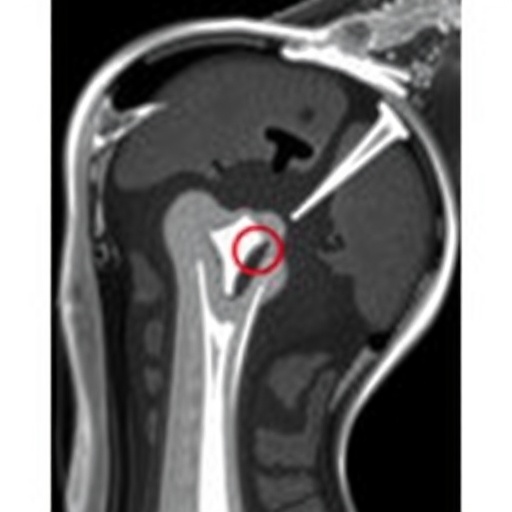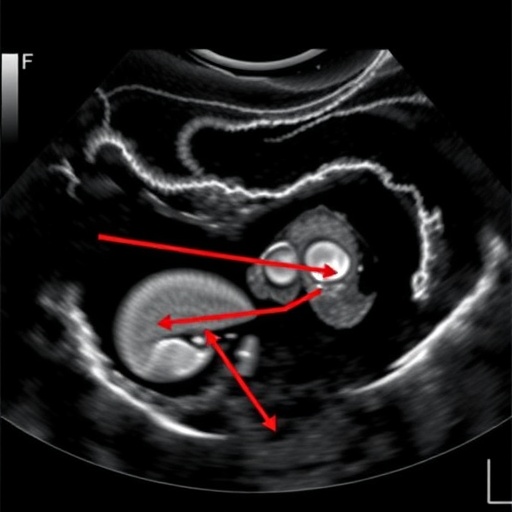In a groundbreaking study published in BMC Cancer, researchers have delved into the intricate relationship between physical activity levels, performance status scores, and clinical trial enrollment among adult cancer survivors. The investigation focuses on how patient-reported habitual physical activity correlates with physician-assessed physical function, specifically measured by the Eastern Cooperative Oncology Group (ECOG) performance score, and explores the potential implications for participation in experimental therapeutic trials.
Physical activity has long been recognized as a cornerstone in the supportive care of cancer survivors, with previous studies demonstrating its benefits in improving quality of life, mitigating treatment side effects, and potentially enhancing survival outcomes. However, the nuanced interaction between different intensities of physical activity and oncologic performance rating scales remains less understood. The ECOG score is a crucial clinical tool used by oncologists to determine a cancer patient’s functional capacity and ability to tolerate various therapies, including enrollment eligibility for clinical trials.
This study emerged from a secondary analysis of a robust cancer survivor dataset – the Total Cancer Care (TCC) cohort – maintained at the Huntsman Cancer Institute. Patient data spanning from 2016 to 2022 were utilized, incorporating self-reported physical activity measured by a modified Godin Leisure-Time Exercise Questionnaire, alongside comprehensive clinical records including ECOG performance status. The modified Godin instrument quantified physical activity in metabolic equivalents (METs) over a weekly basis, capturing light, moderate, and vigorous intensity activities over a 12-month retrospective period.
Demographic variables encompassing sex, race, ethnicity, education attainment, and income were meticulously collected and controlled for, ensuring that the analyses accounted for socioeconomic and population heterogeneity factors known to influence health behaviors and clinical outcomes. The ECOG performance scores retrieved from medical records were dichotomized into “Good” (scores of 0 or 1) and “Poor” (scores of 2 through 4) functioning groups to parse out clinically meaningful distinctions in physical function.
The researchers employed binary logistic regression methods to examine associations between total physical activity, moderate-to-vigorous physical activity (MVPA), light physical activity, and dichotomized ECOG outcomes, as well as their relationship with clinical trial participation rates. Notably, statistical models were adjusted for demographic and cancer-related covariates to isolate the independent effects of physical activity levels on the clinical endpoints of interest.
Among the 603 participants analyzed, the cohort was predominantly female (51%), largely non-Hispanic (95%), and overwhelmingly White (95%), with an average age approaching 62 years. The most common cancer types were Head and Neck, Thyroid, and Lung cancers, collectively representing nearly 80% of cases, and all stages of cancer were represented. This diversity in cancer histology and staging enhances the generalizability of the findings, although the racial and ethnic homogeneity may limit broader applicability.
A key finding emerged in the linkage between higher physical activity levels and improved ECOG performance status in unadjusted analyses, suggesting that increased habitual movement correlated with better functional ability. However, when adjusting for confounding variables, the association between total physical activity and ECOG rating lost statistical significance, indicating that other demographic or clinical factors may mitigate this relationship.
Intriguingly, light physical activity stood out as a significant predictor even in adjusted models, with higher frequencies of light-intensity activities correlating with increased odds of maintaining good ECOG functioning. This insight challenges traditional emphasis solely on moderate and vigorous activity, underscoring the potential clinical importance of light movement and its accessibility for fatigued or debilitated patients.
Contrary to expectations, no statistically significant correlations were found between moderate-to-vigorous physical activity and ECOG ratings or between physical activity levels and enrollment in clinical trials. This lack of association with clinical trial participation calls for further exploration into the barriers and facilitators of trial enrollment beyond physical function, including patient motivation, physician referral practices, and systemic healthcare access issues.
The study’s findings prompt reconsideration of how self-reported physical activity data, particularly light activity, could enrich clinical decision-making processes. Incorporating subjective lifestyle metrics could complement the clinician’s evaluation of a patient’s physical performance, offering a more holistic picture of functional capacity that transcends snapshot assessments.
Given the pivotal role ECOG scores play in determining treatment courses and clinical trial eligibility, refining the tools for assessing functional status has direct implications for personalized medicine. Ensuring that oncologists have access to multifaceted assessments that integrate patient-reported outcomes could improve both prognostic accuracy and therapeutic stratification.
Further research should aim to develop and validate combined subjective and objective measurement tools that are both patient-centered and clinically applicable. Wearable technologies, functional performance testing, and detailed patient questionnaires represent avenues for creating a battery of assessments to augment and possibly recalibrate traditional ECOG scoring.
Moreover, as physical activity is a modifiable factor, interventions aimed at increasing light activity among cancer survivors could feasibly improve performance status and, by extension, expand therapeutic options. Clinicians might consider prescribing tailored exercise regimens that emphasize gradual, manageable increases in light movement to optimize functional outcomes.
This study marks an important step in bridging behavioral health metrics with oncological clinical practice. It demonstrates that patient lifestyle data hold untapped potential for enriching the understanding of cancer survivorship and treatment readiness, providing a foundation for more nuanced and patient-tailored care models.
In conclusion, while light physical activity is associated with better physician-assessed performance status among cancer survivors, more work is needed to integrate these findings into clinical protocols effectively. As the oncology field advances toward personalized healthcare, recognizing and leveraging patient-reported physical behaviors will be crucial in optimizing clinical trial inclusivity and therapeutic success.
The quest to uncover reliable, multifaceted measures of functional health underscores the need for interdisciplinary collaboration, incorporating expertise from exercise science, oncology, behavioral psychology, and health informatics. Future studies must also address the practical challenges of routine data collection and interpretation within busy clinical settings.
Understanding how subjective physical activity reports align with or diverge from objective clinical metrics will be essential for designing interventions and monitoring strategies that truly resonate with patients and clinicians alike. This will enhance care strategies that optimize not only survival but quality of life for cancer survivors worldwide.
Subject of Research: Association of habitual physical activity with ECOG performance scores and clinical trial enrollment among adult cancer survivors.
Article Title: Association between physical activity, performance scores, and clinical trial enrollment in cancer survivors.
Article References:
Maslana, K.E., Burns, R.D., Estabrooks, P.A. et al. Association between physical activity, performance scores, and clinical trial enrollment in cancer survivors. BMC Cancer 25, 1377 (2025). https://doi.org/10.1186/s12885-025-14820-7
Image Credits: Scienmag.com
DOI: https://doi.org/10.1186/s12885-025-14820-7
Tags: benefits of physical activity for cancer patientscancer research and exercisecancer survivor quality of lifeclinical trial enrollment and survivorsECOG performance status and trialsimpact of exercise on cancer treatmentpatient-reported physical activityphysical activity and cancerphysical function assessment in oncologyrelationship between exercise and oncologic outcomestherapeutic trials for cancerTotal Cancer Care cohort study





